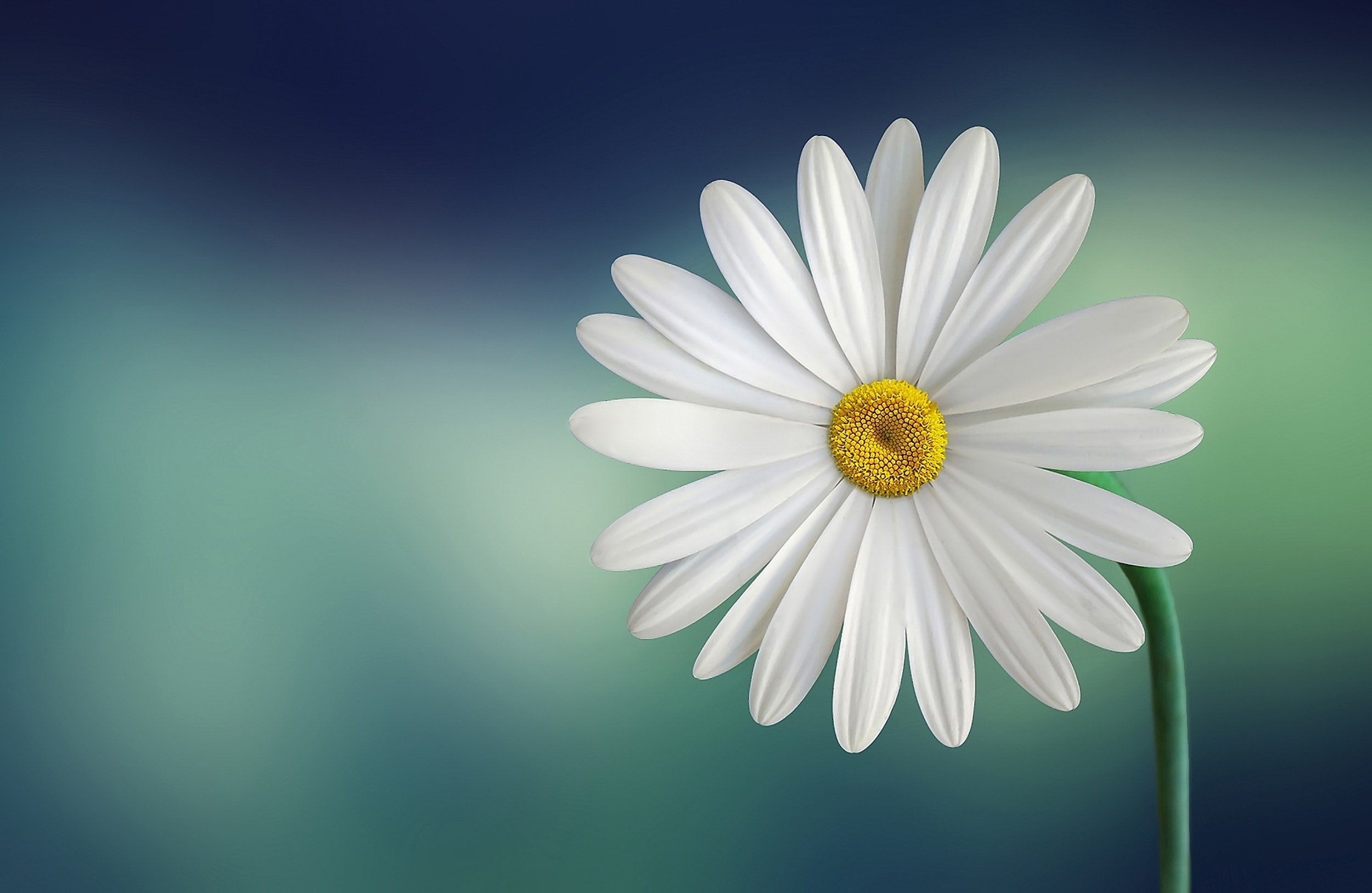A mirror neuron is a brain cell that fires both when someone acts and when he or she observes the same action performed by another. So, the neuron "mirrors" the behavior of the other, as though the observer were acting. That may be why we get a dream like feeling looking at a Monet painting. Perhaps, we can actually experience in our brains, to some extent, the inspiration of the artist during the creation of the work. There is also a response in the brain when we look at a beautiful painting similar to that of looking at somebody you love. Mindfully perceiving art can elevate consciousness and improve our emotional health.
(Music "Stillstream" by Russel Norman, courtesy of Crooked Creek Records)



